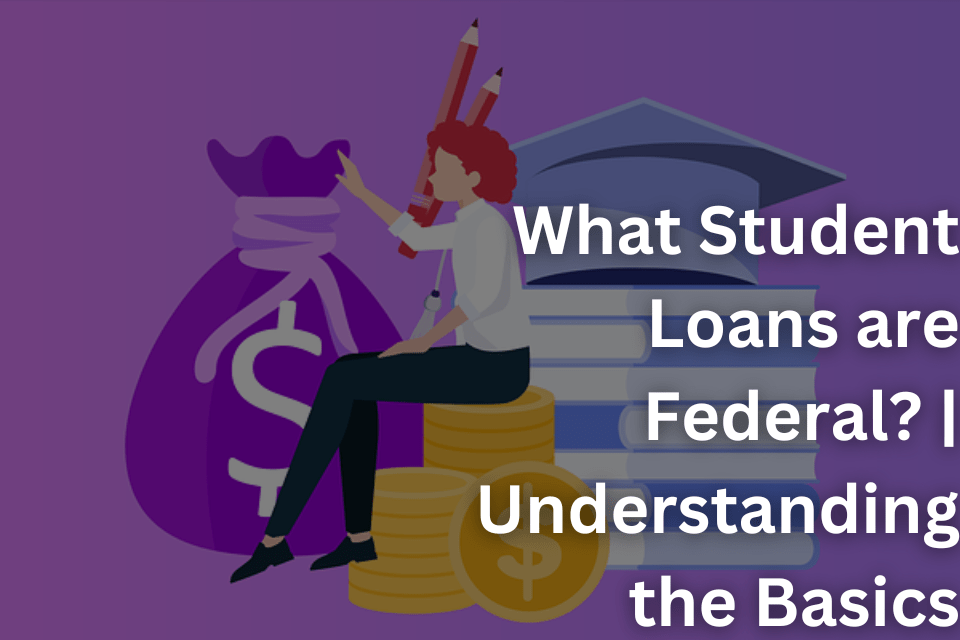Student loans can be a valuable tool for financing higher education, but with so many different options available, it can be difficult to know which type of loan is right for you. Federal student loans are a popular choice among borrowers because they offer many benefits, such as lower interest rates, flexible repayment options, and more. In this post, we will explore what student loans are federal, how to apply for them, and what repayment options are available.
Types of Federal Student Loans
- Direct Subsidized Loans: These loans are available to undergraduate students who demonstrate financial need. The government pays the interest on these loans while the student is in school and during the six-month grace period after graduation.
- Direct Unsubsidized Loans: These loans are available to undergraduate and graduate students, regardless of financial need. Interest accrues on these loans while the student is in school, but payments can be deferred until after graduation.
- Direct PLUS Loans: These loans are available to graduate and professional students, as well as parents of dependent undergraduate students. These loans have a higher interest rate and require a credit check.
How to Apply
The process for applying for federal student loans is relatively simple and can be done online through the Free Application for Federal Student Aid (FAFSA). You will need to provide basic information about yourself and your financial situation, including your income and assets. You will also need to list the schools you are applying to in order to have your aid package sent to those schools.
Repayment Options
Repaying federal student loans can be a daunting task, but there are a number of options available to help make it more manageable. Some of the most popular repayment plans include:
- Standard Repayment Plan: Under this plan, borrowers pay a fixed amount each month for up to 10 years.
- Graduated Repayment Plan: Under this plan, payments start off low and increase every two years.
- Extended Repayment Plan: Under this plan, payments are spread out over 25 years.
- Income-Driven Repayment Plans: These plans base your monthly payments on your income and family size.
Conclusion
Federal student loans are a great option for financing higher education, but it is important to understand the types of loans available, how to apply, and what repayment options are available. By understanding the basics of federal student loans, you can make an informed decision about how to finance your education and set yourself up for success in the long run.

